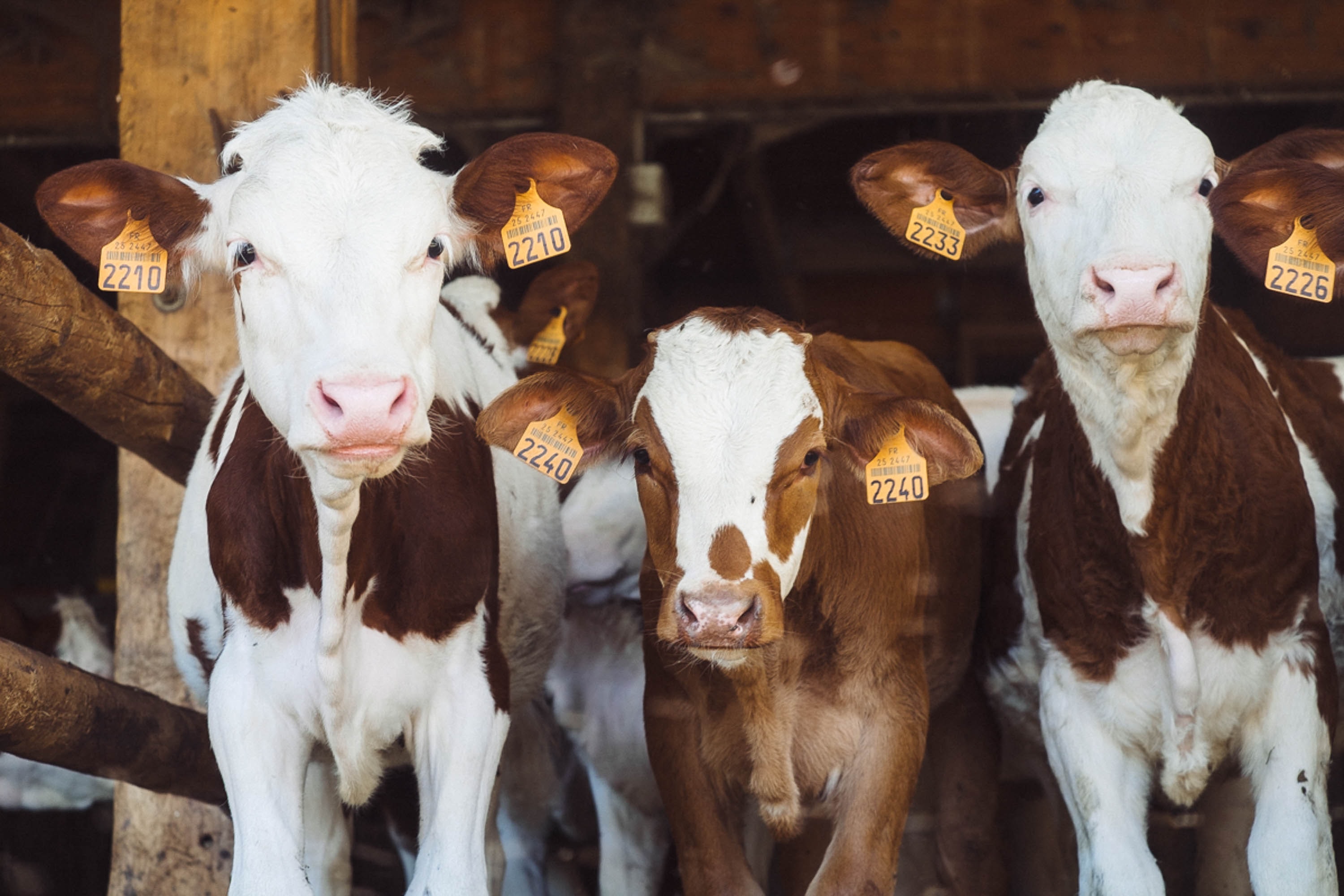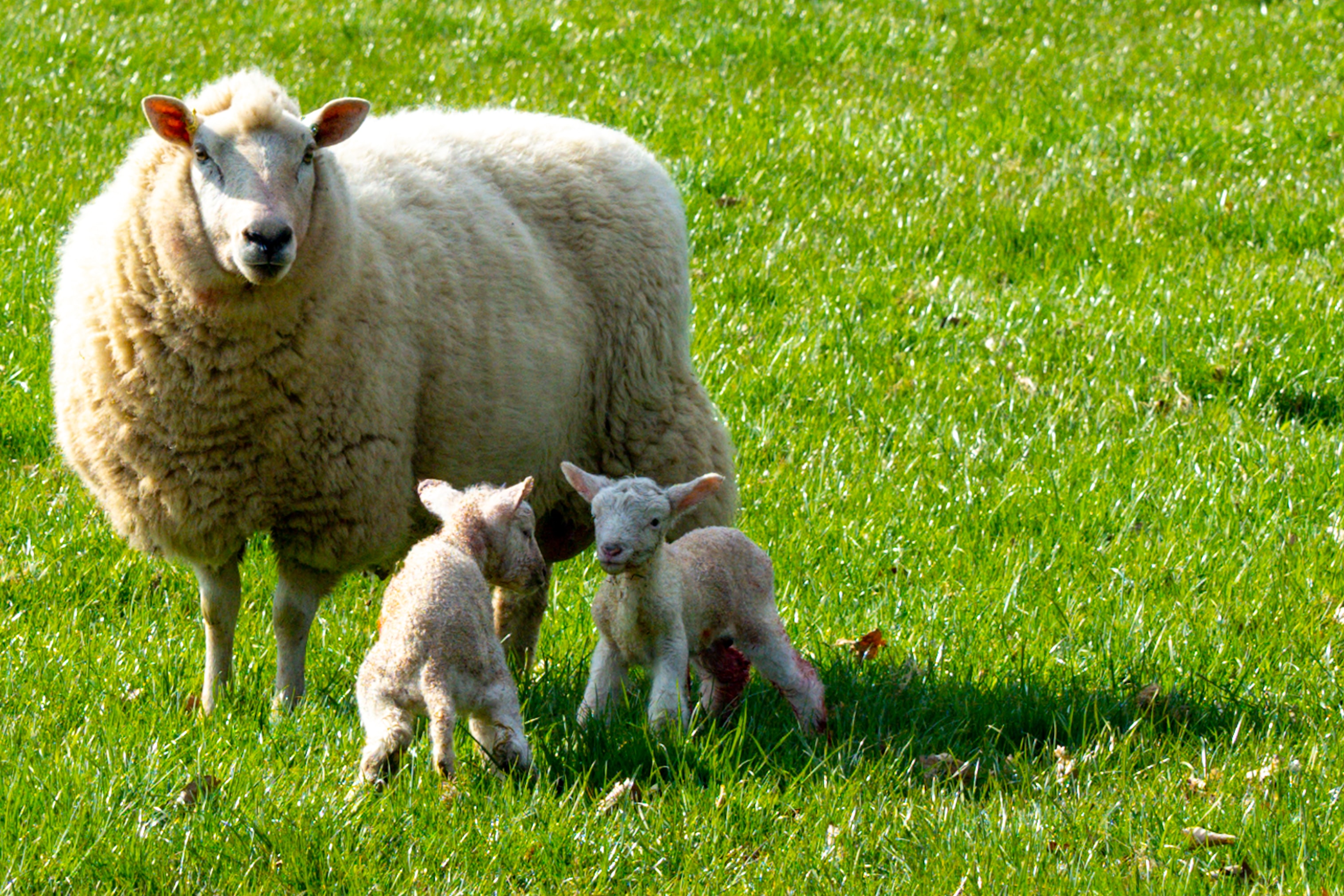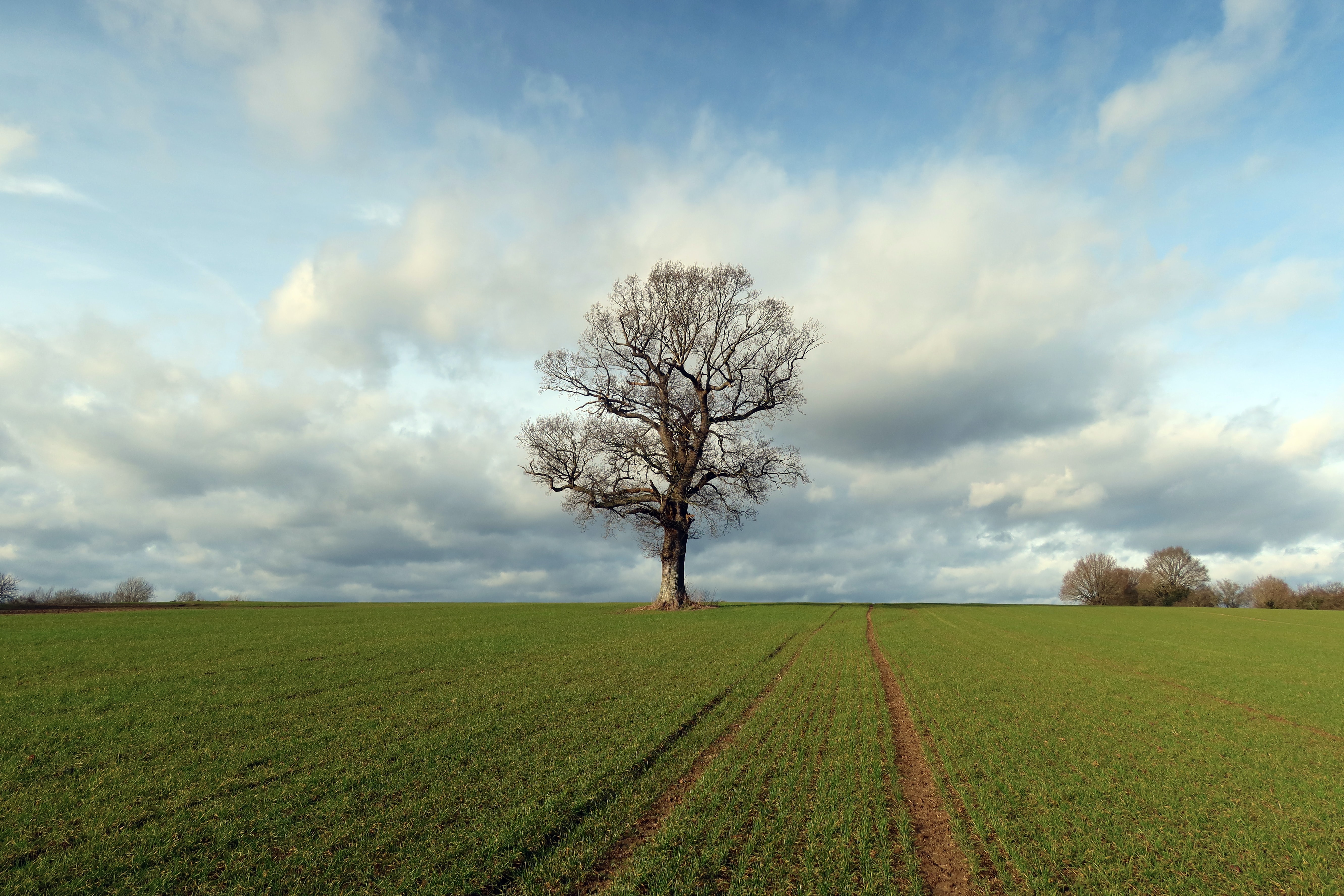The Farm Stay farmers’ almanac
24 February 2022
One of the aspects of holidaying on a farm our guests tell us they enjoy is learning about what goes on at the farm, how the farmer raises his or her animals, and what’s growing in the fields. In this, the first of our quarterly guides, we describe what might be taking place on the farm when you go to stay in the months of March, April and May. Of course, Farm Stay has hosts throughout the UK, from the tip of Cornwall to the North of Scotland, so activities and timing will vary due to the difference in climate, but we hope this will provide you with a useful insight into what’s going on down on the farm this spring.

Spring is Here!
It’s a sight to behold when the cattle that have been housed indoors through the coldest and wettest months are released to dash happily around their fields, kicking their heels in the air in celebration! The joyful occasion when the cows are allowed back outside takes place when the weather becomes warmer and drier, and the grass has started to grow. If you’re lucky enough to be staying on the farm at the time, you’ll see how excited they are to be out and grazing in the fresh air once again.
Spring the busiest time of the year for farmers, with lots going on outside in the fields as well as in the farmyard. Those with livestock will be busy with cows producing their calves in March and April. When you see the calves out in the fields with their mothers, you’ll notice that each calf has its ears tagged. Each identity tag will correspond with a passport as a further means of future identification.

Most of us are familiar with seeing lambs in the fields in late spring, but did you know that lambing can start as early as December and go on to as late as June. It varies according to where the farm is located within the UK and the breed of sheep too.
Depending on the type of farm and where it is, lambing can take place either inside warm and spacious barns or outdoors in the fields. It’s common for first-time mums to be brought inside to lamb so the farmer and his or her team can keep a close eye on them and give them a hand if needed. They’ll need to be on hand throughout the day and night to ensure things go smoothly. First-time mums are more likely to give birth to a single lamb, although twins are not uncommon. Some breeds of sheep can produce more than two lambs at a time.
Mums and newborns are kept together in the barn for a couple of days until the lambs have bonded with their mums, so that when they go out into the field with the other sheep, they know who their mothers are. Before they go out, they’ll have a number painted on their sides using a special animal marking paint, so the farmer knows which lambs belong to which sheep.

There’s nothing quite like the magic of lambing and it is often the highlight of the year for farmers. For visitors it can be an ideal way to introduce children to farming and the ways of the countryside. If it appeals to you, why not book a break on a Farm Stay farm where you’ll be welcomed to watch the proceedings in an experience none of you will forget! When searching for accommodation, just select the Lambing option in the Activities and Experiences menu.
Activity in the Fields
March and April are also busy months for arable farmers as fields are ploughed and crops such as sugar beet are planted at this time, taking advantage of the better weather. Manure or other fertilizer may need working into fields, and the soil may need testing to ensure the best conditions for the crops the farmer is planning to grow.
Fertiliser will be spread on grazing fields to aid the growth of grass which will be cut for hay and silage (fermented grass) used to feed farm animals later in the year. Potato crops are planted around now and crops such as the distinctive yellow oil seed rape are sown. Meanwhile, the wheat and barley also start to grow but they remain green, in contrast to the deep yellow you’re probably most familiar with. Later spring you will start to see the ‘ears’ emerging, which is where the grain is formed. Cereal crops like these will be top-dressed and sprayed with nourishing fertilisers or protective pesticides to ensure they grow well.


Farm Stay farmers are always happy to talk to guests about what’s happening on their farms at any time of year, so don’t be afraid to ask. You’ll gain a valuable insight into what’s going on in the fields and behind the barn door! If you’d like to find out more on a guided tour around the farm on your next holiday in the country, simply select the Farm Tours option in Activities and Experiences menu.